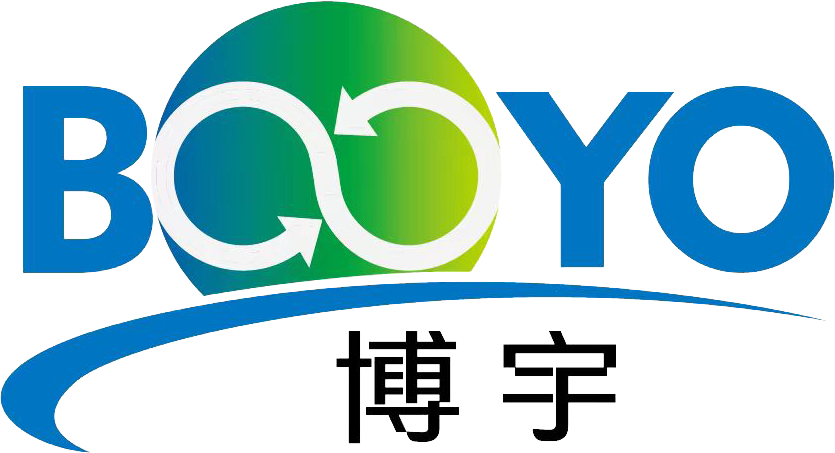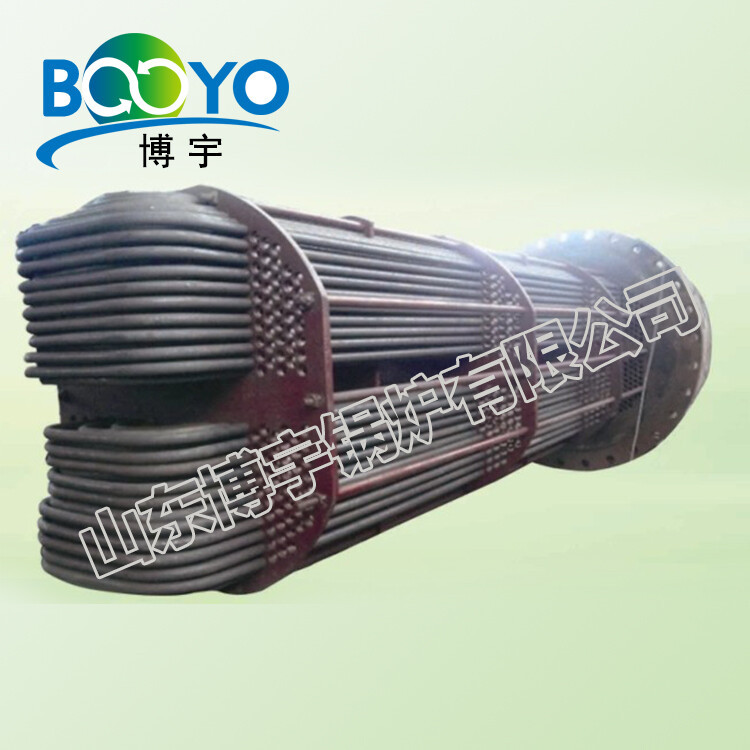
Our News
Find out about our latest news here.
Latest News
- ▶ Large-Scale Spiral Plate Heat Exchanger – 450㎡ Heat Exchange Area, 4m Diameter High-Efficiency Heat Transfer Solution
- ▶ Rich Oil Heater (Oil Rich in Aromatic Hydrocarbons)
- ▶ Power Plant Boiler Heat Recovery System Price Overview
- ▶ The Relationship Between U-Tube and Shell-and-Tube Heat Exchangers
- ▶ U-Tube Heat Exchanger: An Efficient Heat Transfer Solution
- ▶ Differences Between Vertical and Horizontal Spiral Plate Recommended Guide 1
Message
1. What is a U-Tube Heat Exchanger?
A U-Tube Heat Exchanger is a widely used industrial heat exchange device named after its unique U-shaped tube bundle design. It typically consists of a shell, tube bundle, tube sheet, baffles, and heads. This type of heat exchanger is commonly used in industries such as chemical processing, petroleum, energy, pharmaceuticals, and food production.
2. Working Principle of U-Tube Heat Exchanger
The U-Tube Heat Exchanger operates based on heat transfer and fluid dynamics. Fluids flow through the tube side and shell side, exchanging heat through the tube walls. The U-shaped tube bundle allows the tube-side fluid to expand and contract freely, effectively reducing thermal stress and increasing the durability of the equipment.
3. Advantages of U-Tube Heat Exchangers
Compact Structure and Space-Saving: The U-tube design saves space compared to straight tube heat exchangers.
High Temperature and Pressure Resistance: Suitable for high-temperature and high-pressure environments, particularly in boilers and steam systems.
Self-Compensation for Thermal Stress: The U-shaped structure minimizes thermal expansion stress, extending the service life of the heat exchanger.
Easy Maintenance and Cleaning: The tube bundle is removable, facilitating internal inspection and cleaning, reducing maintenance costs.
Versatile Application: Can handle various media, including corrosive and high-viscosity fluids.
4. Applications of U-Tube Heat Exchangers
Petrochemical Industry: Used for crude oil preheating, petroleum refining, and chemical reaction heat exchange.
Power Industry: Applied in condensers, air preheaters, and waste heat recovery systems.
Food Processing: Used for milk pasteurization, juice heating, and food cooling.
Pharmaceutical Industry: Utilized for heating, condensation, and distillation processes.
HVAC Systems: Enhances energy efficiency in heating and cooling systems.
5. How to Select the Right U-Tube Heat Exchanger?
When selecting a U-Tube Heat Exchanger, consider the following factors:
Required Heat Transfer Area: Determine the appropriate heat exchange surface based on process requirements.
Fluid Properties: Consider temperature, pressure, flow rate, and corrosiveness.
Material Selection: Choose materials such as stainless steel, carbon steel, or copper alloys based on the working medium.
Operating Environment: Assess conditions like high temperature, high pressure, and vibration resistance.
Maintenance Needs: Ensure ease of cleaning and lower maintenance costs.
6. Maintenance and Care of U-Tube Heat Exchangers
To ensure the long-term efficiency of a U-Tube Heat Exchanger, regular maintenance is essential, including:
Cleaning the Tube Bundle: Prevents scaling that could reduce heat transfer efficiency.
Checking for Leaks: Ensures the system remains sealed and safe.
Inspecting Welded Sections: Prevents fatigue damage and ensures structural integrity.
Monitoring Operating Parameters: Adjust temperature, pressure, and flow rate as needed to optimize performance.

7. Relationship Between U-Tube Heat Exchangers and Shell-and-Tube Heat Exchangers
The U-Tube Heat Exchanger is a specific type of shell-and-tube heat exchanger. Shell-and-tube heat exchangers are categorized based on tube bundle design, including:
Fixed Tube Sheet Heat Exchanger: Both ends of the tubes are fixed, making it difficult to compensate for thermal expansion.
Floating Head Heat Exchanger: One end of the tube bundle is free to move, allowing for better thermal expansion compensation.
U-Tube Heat Exchanger: Tubes are bent in a U-shape, with both ends fixed in a single tube sheet. This design allows for natural thermal expansion, reducing stress and increasing durability.
Key Differences Between U-Tube and Other Shell-and-Tube Heat Exchangers:
8. Conclusion
U-Tube Heat Exchangers are a preferred choice for many industries due to their compact design, durability, and efficient heat transfer performance. When selecting a heat exchanger, it is crucial to consider process requirements, cleaning needs, and budget constraints. If you need a customized U-Tube Heat Exchanger, consulting a professional manufacturer can help ensure optimal performance and longevity.
PROFESSIONAL CONSULTATION
If you are interested in our products and want to know more details, please leave a message here, we will reply you as soon as we can.
